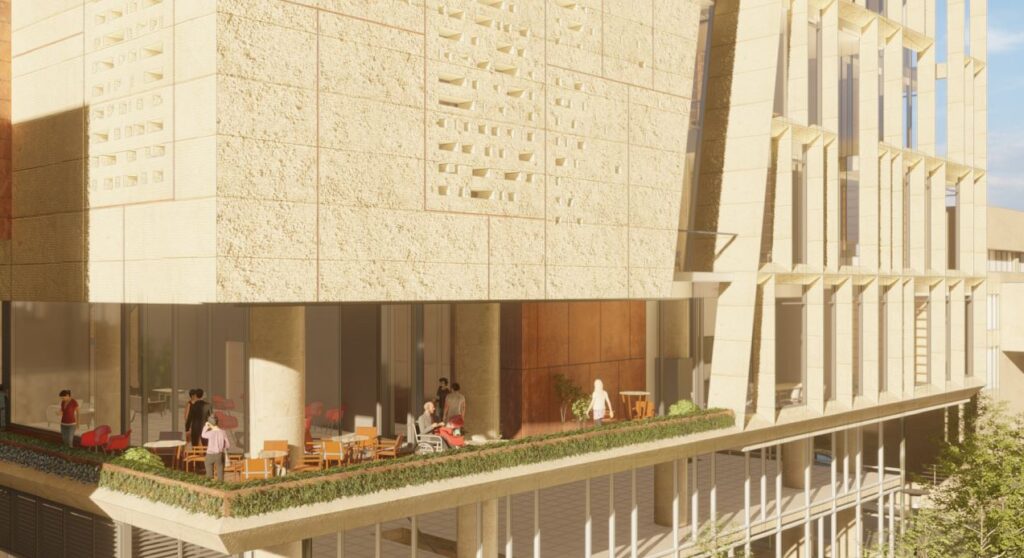רְאֵה מַעֲשַׂי כַּמָּה נָאִים וּמְשֻׁבָּחִין הֵן, וְכָל מַה שֶּׁבָּרָאתִי בִּשְׁבִילְךָ בָּרָאתִי, תֵּן דַּעְתְּךָ שֶׁלֹא תְקַלְקֵל וְתַחֲרִיב אֶת עוֹלָמִי, שֶׁאִם קִלְקַלְתָּ אֵין מִי שֶׁיְתַקֵּן אַחֲרֶיךָ
“Look at My works, how beautiful and praiseworthy they are! And all that I have created, it was for you that I created it. Pay attention that you do not corrupt and destroy My world: if you corrupt it, there is no one to repair it after you.” (Kohelet Rabba 7:13:1)
Building a Green facility is an important priority for Pardes, reflecting our commitments to the environment, the health of our students, faculty and staff, and to Torah.
Israeli Green Building standards are similar to the US LEED system and Pardes is working to achieve the highest certification possible, factoring in criteria that are not under our control, such as the impact of surrounding buildings, zoning restrictions, and other factors. Pardes is working with the consulting firm ESD Sustainability to assess the project and help achieve our green goals.
Following are examples of just some of the many ways Pardes will achieve Green certification:
- Using advanced simulations that examine all energy components of the facility in addition to conducting shade, sun, and wind studies.
- Working with a thermal engineer who will conduct dynamic energy studies that analyze internal spaces to inform proper HVAC and water planning.
- Installing “Smart” Energy-efficient management systems to optimize lighting, HVAC, hot and cold water, and elevator usage.
- Planting trees and vegetation outdoors, indoors, and on balconies.
- Constructing the facility with Green certified building materials, including recycled and locally sources materials.
- Installing bike racks and other elements that promote alternate modes of transportation.
- Providing fresh air access and adhering to fresh air circulation standards.
- Making efficient use of natural light and shading.
- Engineering acoustic qualities that balance internal vs. external sounds as well as sounds between internal spaces.


